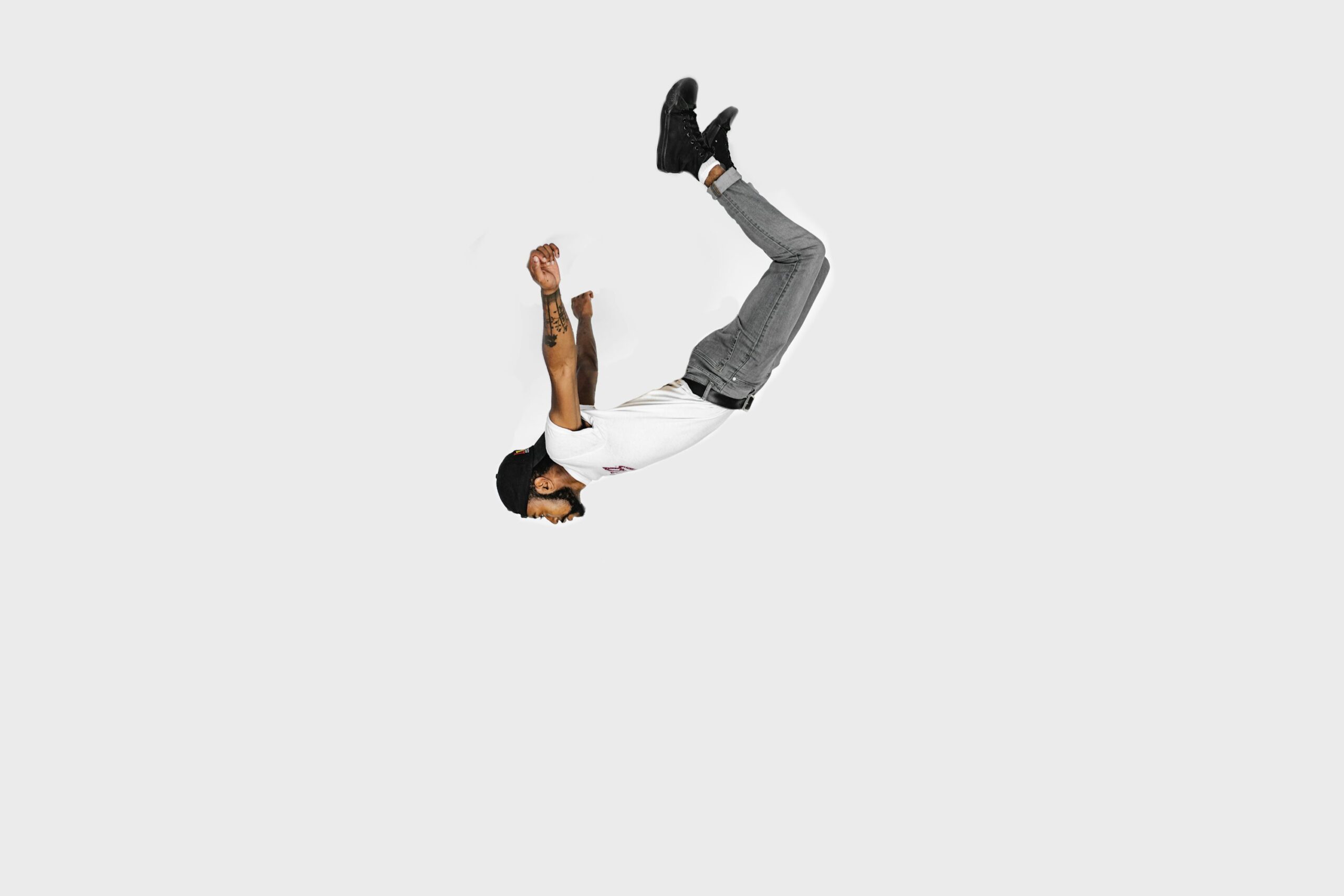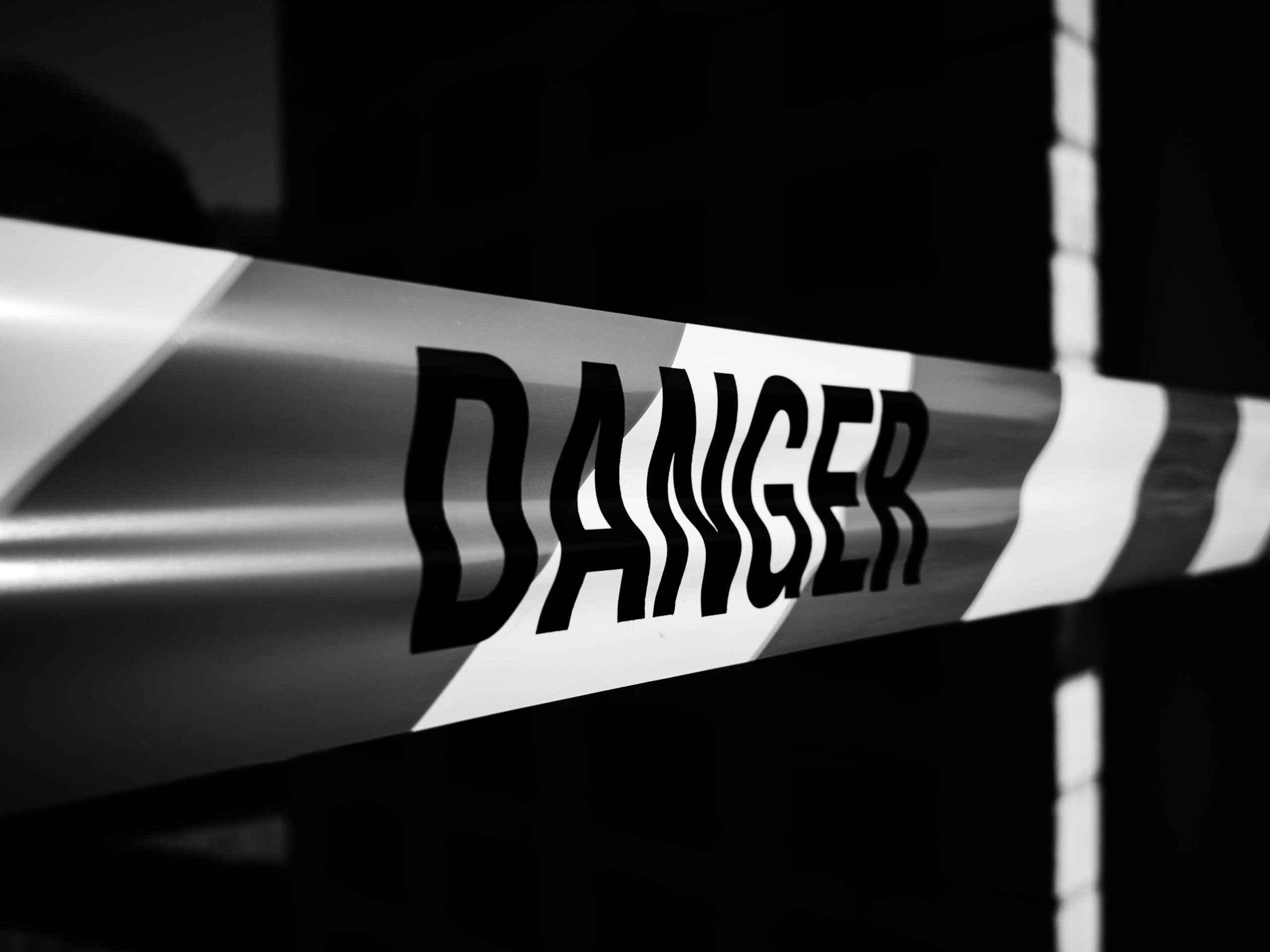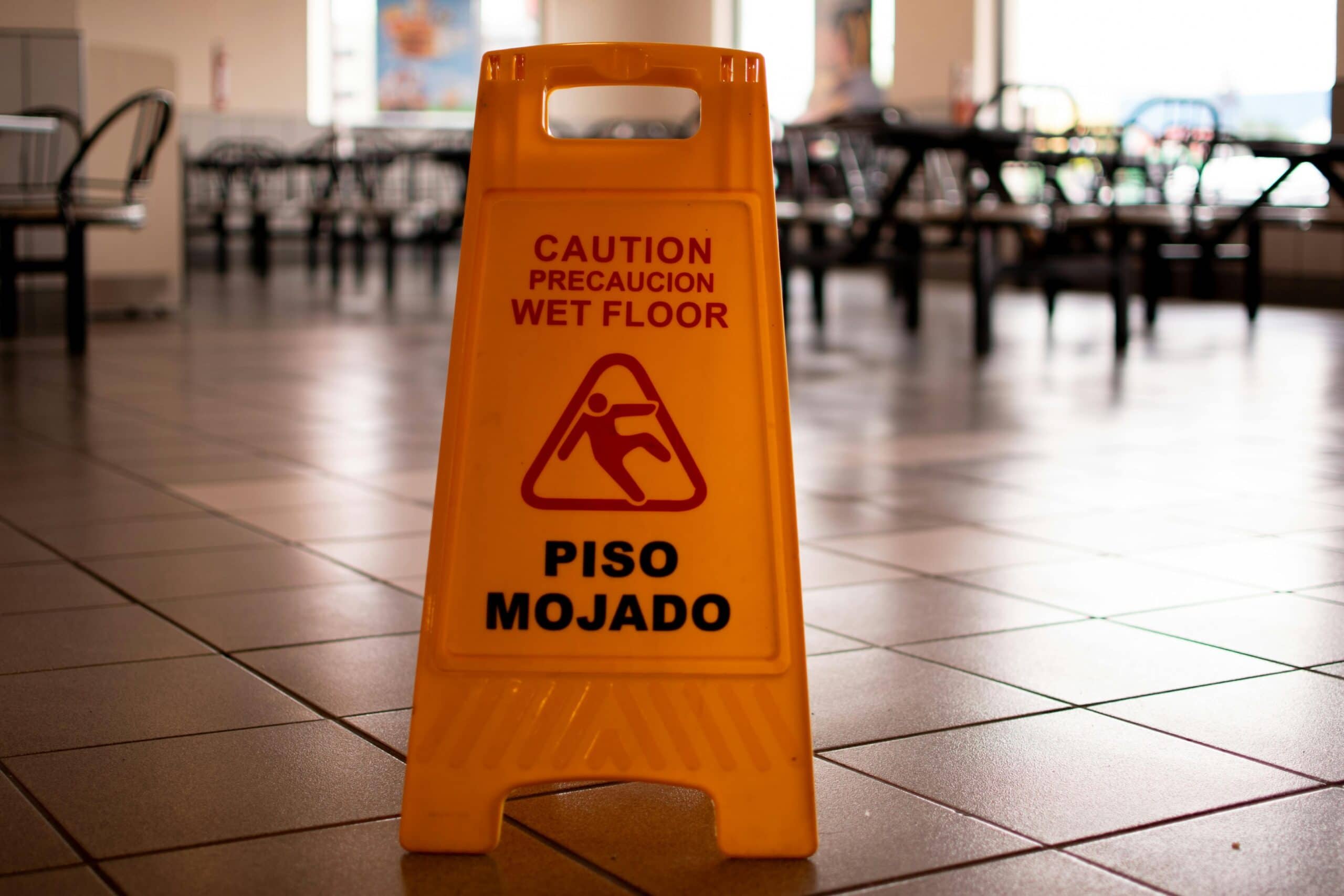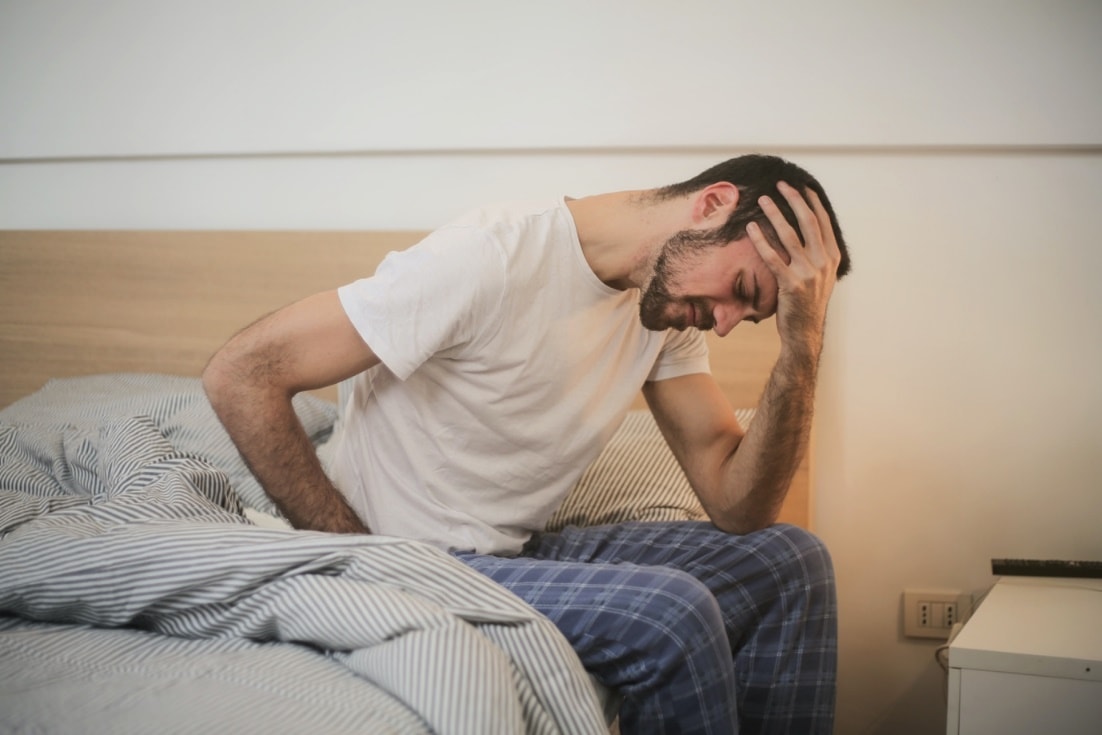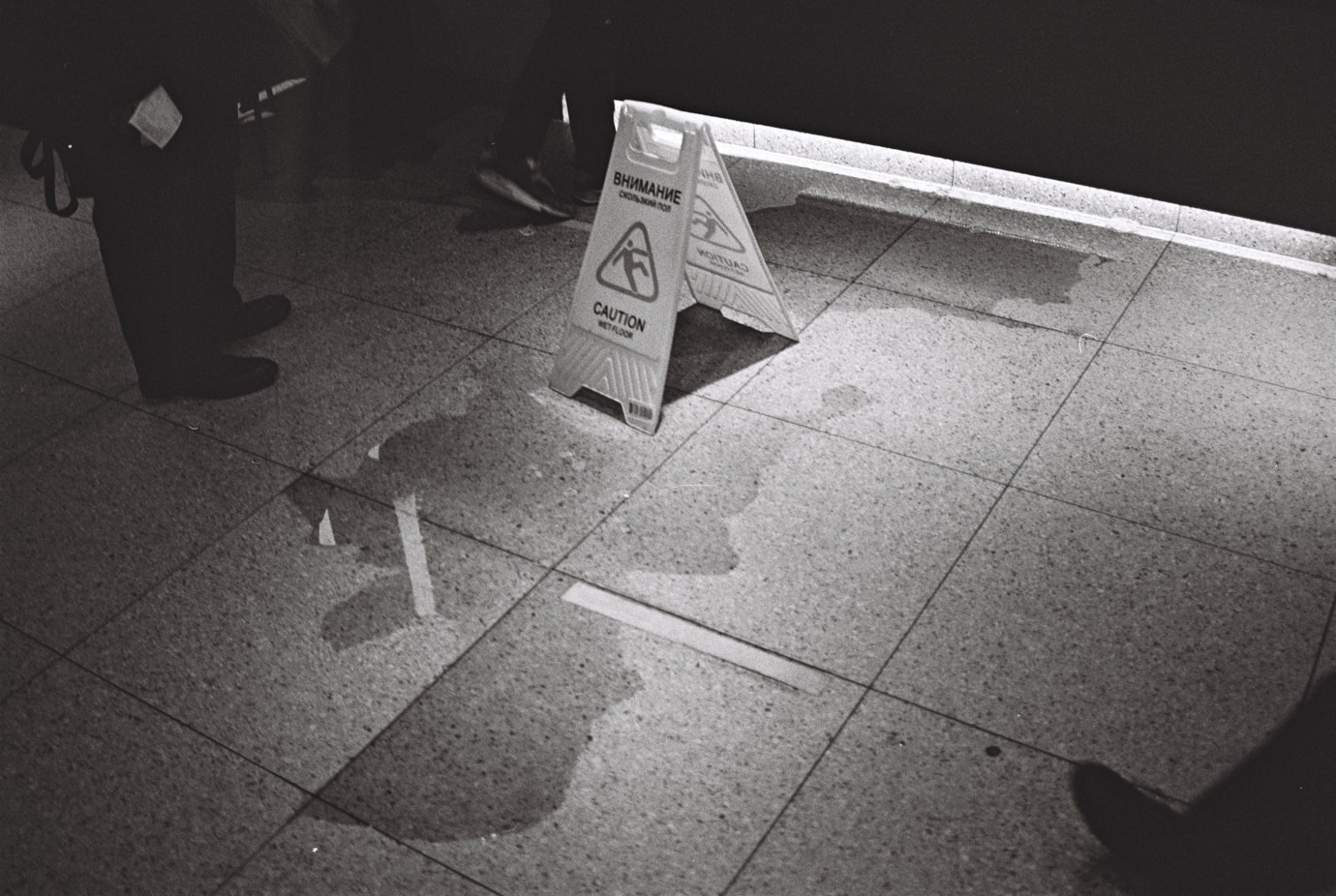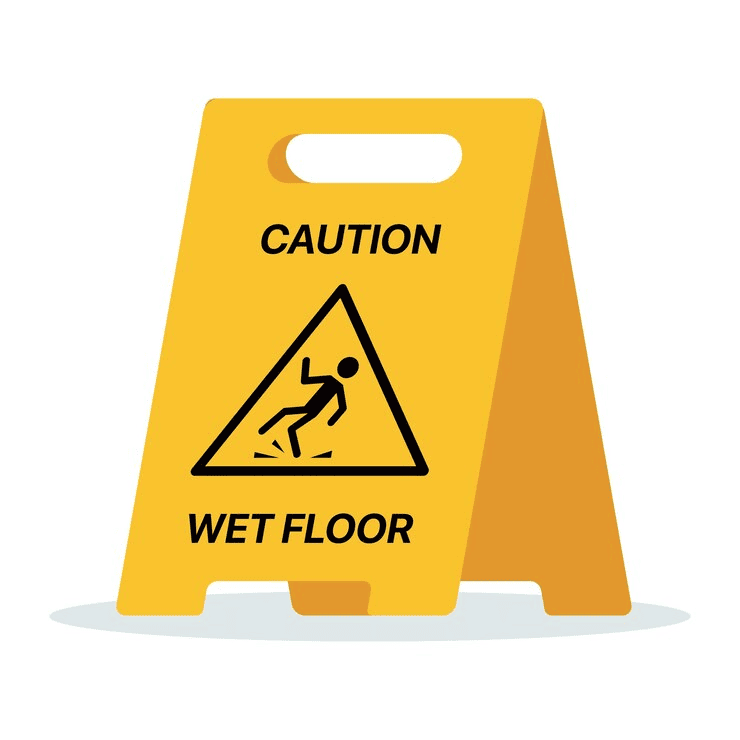
Slip and fall accidents can happen suddenly, leaving individuals with injuries that range from minor bruises to severe fractures. In legal terms, these incidents often fall under premises liability claims, where property owners or businesses may be held responsible for injuries sustained on their premises. In the state of Nevada, the Wollerman Rule plays a crucial role in determining liability in slip and fall cases, offering important guidance for both plaintiffs and defendants.
What is the Wollerman Rule?
The Wollerman Rule originated from a landmark case in Nevada involving Grand Union Stores, a popular chain of supermarkets. In essence, this rule addresses the concept of notice – both actual and constructive – in premises liability cases.
Actual Notice: This refers to situations where the property owner or business is aware of a dangerous condition on their premises. For instance, if a store manager is informed of a slippery floor but fails to take action to remedy it, they have actual notice of the hazard.
Constructive Notice: This concept is more nuanced and revolves around whether the property owner should have known about the hazardous condition through reasonable diligence. It suggests that even if the property owner was not directly aware of the hazard, they could be held liable if they reasonably should have been aware of it.
Application of the Wollerman Rule
In slip and fall cases, the Wollerman Rule helps courts determine the liability of the defendant business. Suppose a plaintiff claims injuries resulting from a slip and fall incident on the defendant’s premises. In that case, the court will examine whether the defendant had either actual or constructive notice of the dangerous condition that caused the accident.
For example, if a customer slips on a wet floor in a grocery store and it is proven that the store had been mopped recently but failed to put up warning signs, the court may find that the store had constructive notice of the hazard. On the other hand, if a spill occurs just moments before an accident, the court may deem it unreasonable to expect the business to have had notice and thus apply the Wollerman Rule differently.
How Does the Wollerman Rule Protect Your Legal Rights?
Understanding the Wollerman Rule is essential for individuals involved in slip and fall accidents. If you’ve been injured due to a hazardous condition on someone else’s property, the Wollerman Rule can help determine whether you have a viable legal claim. By demonstrating that the property owner or business had notice of the dangerous condition, you may be entitled to compensation for your injuries, medical expenses, lost wages, and pain and suffering.
Conversely, if you’re a business owner facing a premises liability claim, the Wollerman Rule provides a framework for defending against allegations of negligence. It underscores the importance of maintaining diligent property management practices and promptly addressing any potential hazards to mitigate the risk of accidents and legal liabilities.
Proving Liability in Slip and Fall Cases
For plaintiffs seeking legal recourse in slip and fall cases, proving liability hinges on demonstrating that the defendant business breached its duty of care. This duty entails maintaining a safe environment for patrons and promptly addressing any known hazards. To establish liability, plaintiffs must provide evidence of negligence on the part of the business owner.
Factors Considered by the Court
When evaluating whether a business had notice of a dangerous condition, the court considers various factors, including:
Nature of the Hazard: The court examines the type and severity of the hazardous condition to determine whether it was foreseeable and could have been discovered through reasonable inspection.
Duration of the Hazard: If the hazardous condition existed for an extended period, it strengthens the argument for constructive notice on the part of the business.
Routine Inspections and Maintenance: The court assesses the business’s regular inspection and maintenance practices to determine if they were sufficient to identify and address potential hazards.
Prior Incidents or Complaints: Evidence of previous slip and fall incidents or customer complaints about similar hazards can indicate that the business had notice of the dangerous condition.
By considering these factors, the court aims to determine whether the business acted negligently and breached its duty of care to customers.
Importance of Notice in Premises Liability Cases
The notion of notice is central to premises liability law because it establishes the duty of care owed by property owners or businesses to their patrons. Businesses have a responsibility to maintain safe premises for their customers, which includes promptly addressing and warning against any known hazards. Failure to fulfill this duty can result in legal repercussions, including compensating injured parties for their damages.
The Grand Union Stores Case: Setting Precedent
The Wollerman Rule found its roots in the landmark case of Grand Union Stores v. Wollerman. In this case, the plaintiff slipped and fell on a grape while shopping in the defendant’s store. The court found that the defendant had no actual notice of the grape on the floor. Moreover, the court reasoned that there was no evidence to suggest that the grape had been on the floor for an extended period, establishing a lack of constructive notice as well. Consequently, the plaintiff’s claim was dismissed, setting a precedent that continues to influence slip and fall cases in Nevada.
Why Legal Representation Matters
Navigating the complexities of premises liability law, especially concerning the Wollerman Rule, can be daunting without proper legal guidance. Whether you’re a plaintiff seeking compensation for injuries or a defendant facing a premises liability claim, enlisting the assistance of experienced legal representation is crucial for several reasons.
Understanding the Law: Legal professionals specializing in a personal injury case have in-depth knowledge of premises liability laws, including the Wollerman Rule, ensuring effective case management.
Evidence Collection: Attorneys have the resources and expertise to gather crucial evidence, such as documents and witness testimonies, strengthening your case’s foundation.
Negotiating Fair Settlements: With experience in negotiation tactics, attorneys advocate for fair compensation that accurately reflects the extent of your damages, protecting you from inadequate settlement offers.
Courtroom Advocacy: Skilled litigators present compelling arguments, cross-examine witnesses, and navigate courtroom procedures, maximizing your chances of success if your case goes to trial.
Legal Strategy Development: Attorneys assess the unique circumstances of your case, identifying strengths and weaknesses to develop tailored legal strategies aimed at achieving favorable outcomes.

Secure Your Rights with BLG
In summary, the Wollerman Rule serves as a cornerstone in slip and fall cases, shaping the landscape of premises liability law in Nevada. By addressing the crucial element of notice, this legal principle helps courts determine the extent of a business owner’s responsibility for injuries sustained on their premises. Whether you’re a plaintiff seeking compensation for a slip and fall injury or a defendant facing a premises liability claim, understanding the implications of the Wollerman Rule is paramount in safeguarding your legal rights and interests.
If you’ve been injured in a slip and fall incident or are facing a premises liability claim, don’t wait to protect your legal rights. Our experienced attorneys at BLG is here to help you navigate the complexities of the Wollerman Rule and advocate for the compensation you deserve.
Contact us now to schedule a free consultation.
